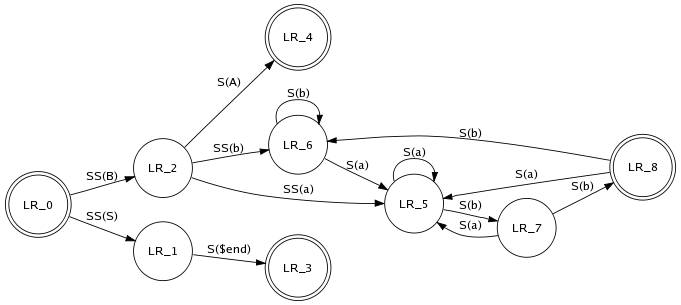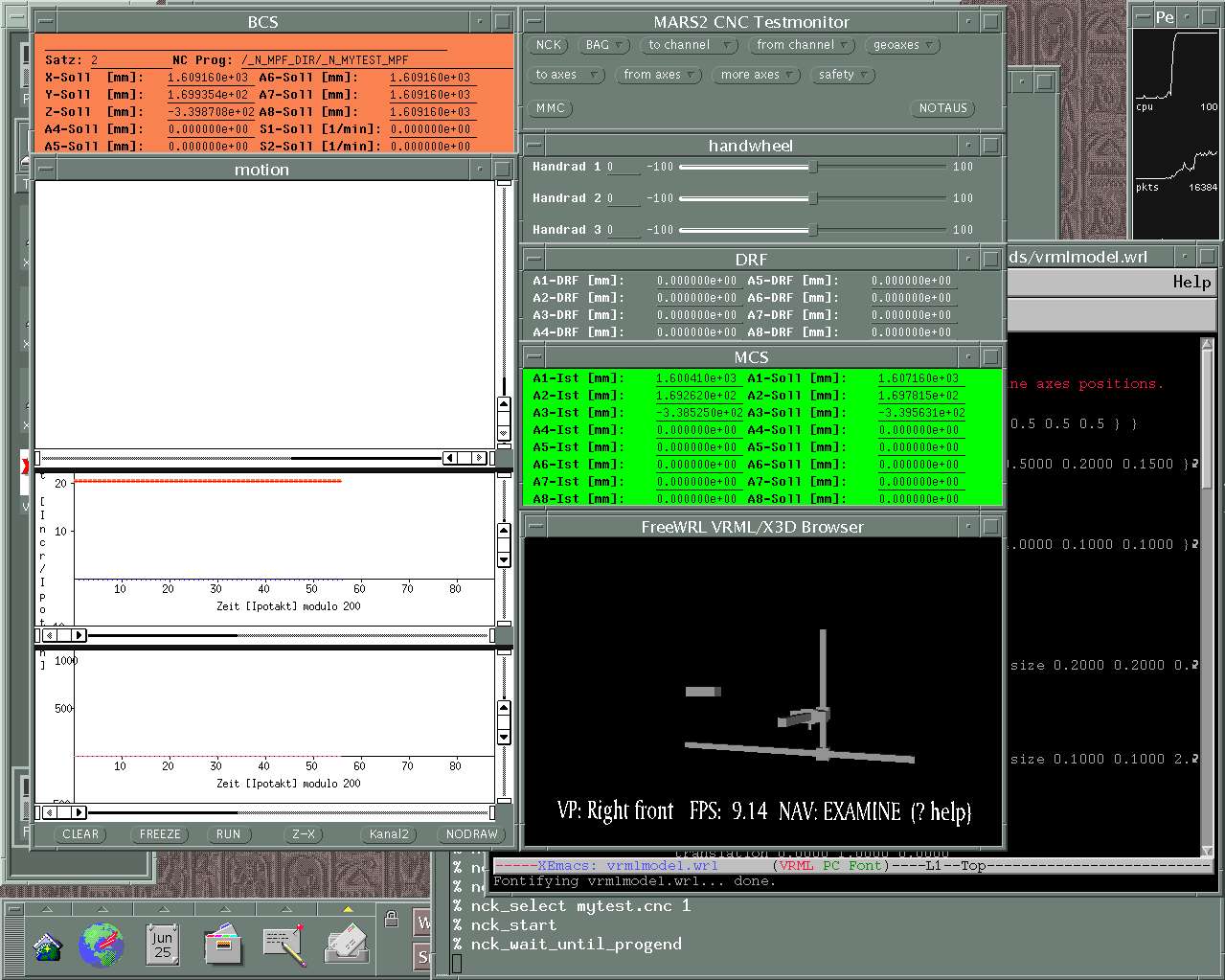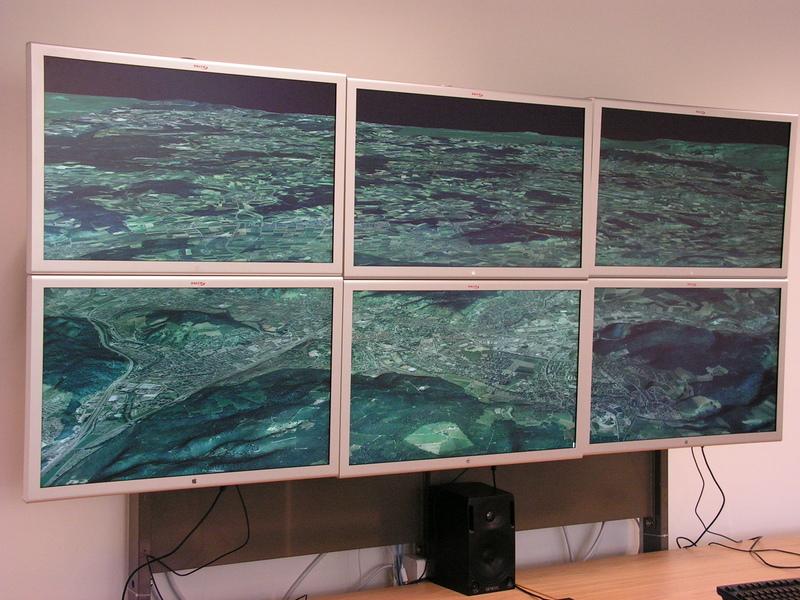ImageVis3D is a new volume rendering program developed by the NIH/NCRR Center for Integrative Biomedical Computing (CIBC). The main design goals of ImageVis3D are: scalability, simplicity and interactivity.Simplicity is achieved with a new user interface that gives an unprecedented level of flexibility (as shown in the images).
Scalability and interactivity for ImageVis3D mean that both on a notebook computer as well as on a high end graphics workstation, the user can interactively explore terabyte sized data sets. Finally, the open source nature as well as the strict component-by-component design allow developers not only to extend ImageVis3D itself but also reuse parts of it, such as the rendering core. This rendering core for instance is planned to replace the volume rendering subsystems in many applications at the SCI Institute and with our collaborators.
ImageVis3D is an Open Source software project that is principally funded through the SCI Institute's NIH/NCRR CIBC Center and the DOE VACET. Please use the following acknowledgment and send us references to any publications, presentations, or successful funding applications that make use of ImageVis3D software or accompanying data sets.
Note: ImageVis3D should run on practically any modern PC or Mac. It requires a graphics card that supports OpenGL 2.0, or version 1.4 with extensions supporting GLSL shaders. To our best knowledge, nearly all graphics cards fulfill that requirement. With some older cards, you may be required to use the "Slice based" renderer (the default) instead of the ray casting renderer (which has better quality).
What is new in this release:
- A geometry converter was added for GeomView files.
- Bugs fixed included a ClearView crash, clipping plane interactions, issues loading MetaMorph files, and a data corruption bug loading some 'wide' data types.
What is new in version 2.1.0:
- This version adds a new exporter for image files, support for "tag" volumes (which should not be rendered with a linear interpolant), a feature to write clipped data, a new importer for Amira interoperability, and custom expressions for the merge dialog.
- It fixes conversion of color images on some platforms, a bug with detecting "Inveon" files, an issue with computing brick boundary sizes, and a crash with some types of data while using the 1D transfer function editor.
- ImageVis3D now properly respects the "max brick size" setting on Mac systems.
What is new in version 2.0.1:
- The default lighting parameters were improved.
- The histogram that backs the 1D transfer function editor was anti-aliased, and it is now easier to see the boundary (min/max) values in the same histogram.
- More intelligent quantization is performed when there are 'flag' data sets which somehow ended up as floating point.
- Memory is reused if a single data set is opened multiple times.
- Normals can now be read from PLY files.
- Histogram scale parameters are saved per-dataset.
- The clip plane state is copied when cloning windows.
- A bug with loading transfer function libraries on Mac and Linux was fixed.
- Visual Studio 2010 support was added.
What is new in version 2.0.0:
- New Features:
- Long running operations (such as capturing rotations) can now be cancelled.
- (Temporarily) allow LoadDataset to be 'interactive' in scripting mode, which allows conversion of raw data in this mode.
- The maximum brick size used is now a configurable parameter in the settings. This brings us a step closer to supporting integrated Intel chipsets.
- "Capture mode", which is enabled when capturing a rotation or scripting ImageVis3D, will now always render the data at its native resolution.
- Page up/Page down can be used to move a slice 10% through the dataset. Use the mouse wheel for fine-scale positioning.
- ImageVis3D can now quantize data down to 8bit when exporting to ImageVis3D Mobile. This will be needed in future incarnations of the Mobile tool.
- Bugs fixed in this release:
- A Mac-only crash which could occur while closing a render window was fixed.
- Instead of crashing(!), users are warned when their video card lacks the needed 3D texture size, and asked if they want to proceed at their own risk.
- A bug was fixed loading some types of embedded JPEGs in DICOMs.
- Clip planes now properly respect relative locking.
- The progress viewer is now kept up to date while capturing a rotation.
- Mouse wheel rotations were normalized when iterating through slice views, in particular to ensure that "mighty mouse" Mac mice will not scroll too quickly.
- Interaction with ImageVis3D Mobile was added to the manual's documentation.
- Reset ("r") now properly resets window sizes in 2x2 mode.
- ImageVis3D now draws circular control widget for all controllable points in the "Basic" mode 2D transfer function editor, instead of just the first few.
- Fixed a bug in the rotation direction when capturing a MIP rotation for some views.
- A bug was fixed rendering iso-surfaces when in 2x2 mode.
- Capturing a "sequence frame" in previous versions could, in some circumstances, append an incorrect number. The semantics were updated slightly to make the "last saved image number" detection more robust.
- Directories which do not open will not be closed; in rare cases, this used to cause crashes on Mac systems.
- ImageVis3D is now more forgiving for the case of converting multiple different files at the same time.
- Fix loading/conversion of unsigned 16bit data (silently/accidently truncated to 12 bits in 1.2.0).
- Use the correct dataset scaling factors when exporting to IV3D Mobile.
- Conversion of RGBA datasets was fixed by updating the calculation of the size of a UVF data block.
- The Fraunhofer EZRT ("REK") converter was updated to remove assumptions of machine and data file endianness.
- Changes which are only of interest to developers:
- The "Upload" button was removed from the debug log UI. The anonymous error reports it produced were never useful.
- The version of Qt used was upgraded to 4.6.0.
- Some documentation was added to the repository on how to define your own converter. Users will need to build ImageVis3D from source for this.
- Many Tuvok classes were (finally) moved into the "tuvok" namespace.
- Known issues with this release:
- The 'Stack' ("stk"), single-file TIFF volume, and Fraunhofer EZRT ("rek") file formats can only be read, not written.
- The 'Brick Of Values' (BOV) reader does not support BOVs in which the data are split across multiple files.
- RGBA is the only kind of multicomponent data supported.
- NVIDIA GPUs on both Linux and Macs expose a driver issue which can hang the system for prolonged periods of time. To workaround this issue, we recommend sticking with the slice based volume renderer on Mac and Linux for this release.
- Full-color datasets do not display a proper histogram in the transfer function editors.
- In any mode but MIP, the `Recorder' always uses the highest resolution data, regardless of any other settings.
- In the "Disable LOD" mode of MIP Recordings, progress information is not given. Progress is being made; a visibly-correct rendering is not required to create an on-disk image which is visibly correct.
- The ClearView lens does not position itself properly when the screen is in low-res mode to achieve faster rendering.
- On some systems, making a render window larger does not in and of itself does not cause the window to update its rendering. As a workaround, Dragging the window or opening a menu forces an update.




Comments not found